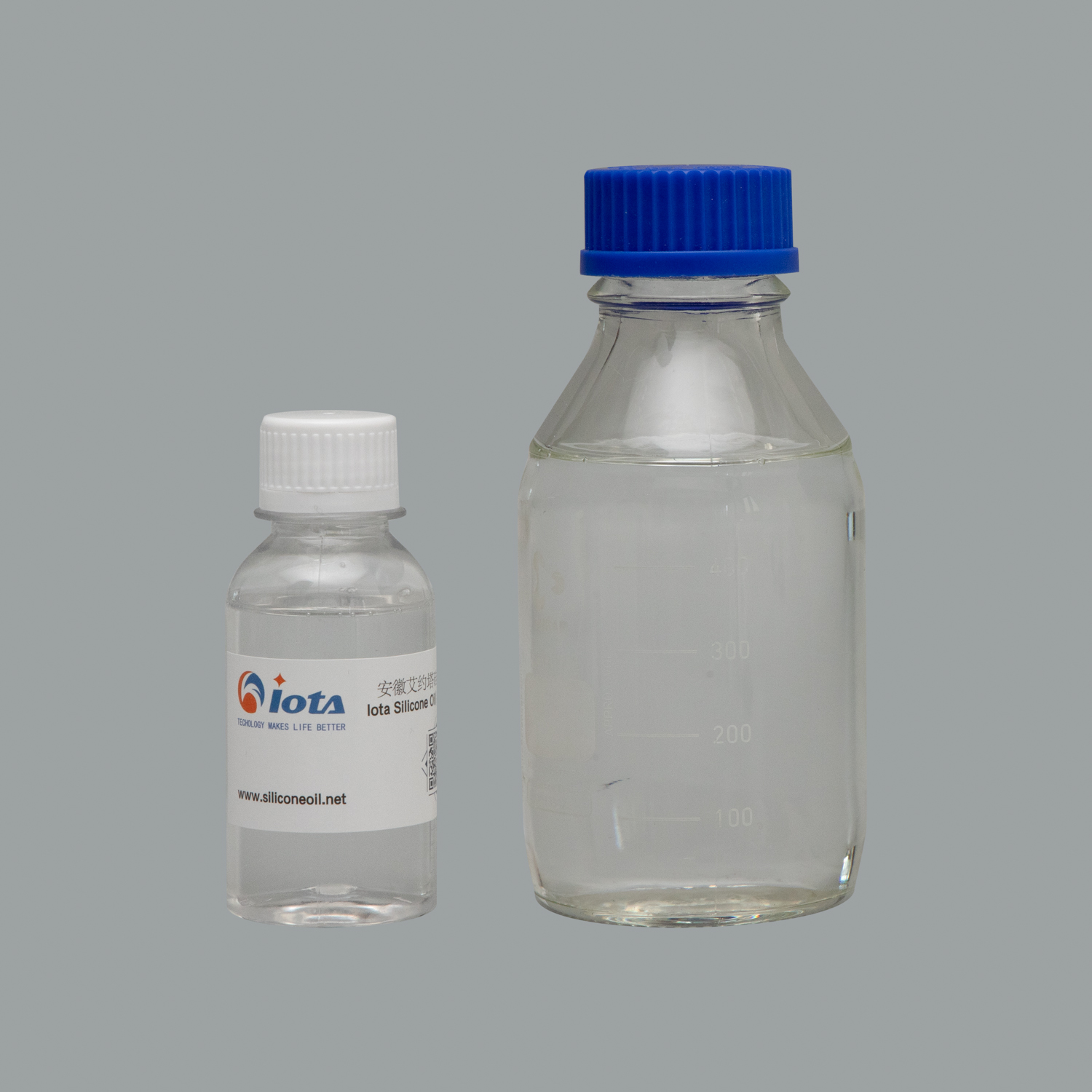In September 2025, the global organic silicon market continued its high prosperity in recent years, with industry capacity expansion and technological innovation advancing simultaneously, becoming an important growth pole in the field of chemical new materials. According to industry data, in the first half of 2025, the domestic production of organic silicon monomers will increase by 12% year-on-year, with the proportion of high-end deep processed products rising to 45%, an increase of 18 percentage points from 2020. Behind this change is the strategic transformation of the industry from "scale expansion" to "quality priority".

Dual wheel drive of capacity expansion and market demand
In recent years, global organic silicon production capacity has continued to shift to China. By 2025, China's production capacity of organic silicon monomers will account for 65% of the global total, forming an industrial pattern centered on cyclic siloxanes (DMC) and coordinated development of deep processed products such as silicone rubber, silicone oil, and silicone resin. In 2025, multiple companies announced expansion plans, among which a 400000 ton organic silicon monomer project newly built by a company in the southwest region is about to be put into operation, with an expected annual output value of over 8 billion yuan. Industry analysts point out that the per capita consumption of organic silicon in emerging market countries is only one-fifth of that in developed countries. As global manufacturing shifts to Asia, export demand will become an important channel for digesting production capacity.
Technological innovation breaks through bottlenecks in high-end fields
Along with the expansion of production capacity, technological breakthroughs in the industry have become crucial. Taking ethyl silicone oil as an example, traditional products have high volatility and environmental standards due to their high ring content, making it difficult to meet the demands of high-end fields such as electronic packaging and biomedicine. In 2025, a certain enterprise successfully developed low ring vinyl silicone oil through catalyst optimization and polymerization process innovation, with an annual production capacity of 5000 tons. This product reduces volatility by 70% and complies with the EU REACH regulation. It has been applied in fields such as 5G base station thermal conductive materials and new energy vehicle battery sealing. In addition, breakthroughs have also been made in the research and development of ultra low temperature resistant ethyl silicone oil. A scientific research team has reduced the gel point of the product from -50 ℃ to -70 ℃ through molecular structure design, providing key material support for Antarctic scientific research equipment and spacecraft lubrication system.
Green transformation accelerates industry reshuffle
The increasingly strict environmental policies are forcing the industry to upgrade. In 2025, many regions in China will introduce energy consumption standards for organic silicon projects, requiring a 15% reduction in energy consumption per unit product for newly built facilities compared to 2020. In this context, enterprises are laying out circular economy models one after another. For example, a certain enterprise uses by-product comprehensive utilization technology to convert silicon tetrachloride produced by siloxane cracking into gas-phase white carbon black, reducing waste emissions by 20000 tons annually. Industry experts predict that by 2027, the proportion of green technology production capacity will exceed 60%, and traditional high energy consuming enterprises will face elimination pressure.
Future outlook: Continuous expansion of application scenarios
With technological iteration, organosilicon is penetrating from traditional building materials and textile fields to emerging tracks. By 2025, the market share of silicon-based coolant in data center liquid cooling systems will exceed 30%, a tenfold increase from 2022; The penetration rate of silicon modified resin in photovoltaic packaging film reaches 45%, which helps to extend the lifespan of photovoltaic modules to 30 years. Industry insiders believe that with the development of industries such as artificial intelligence and low altitude economy, organic silicon materials will create a market space of billions in fields such as flexible electronics and drone structural components.
